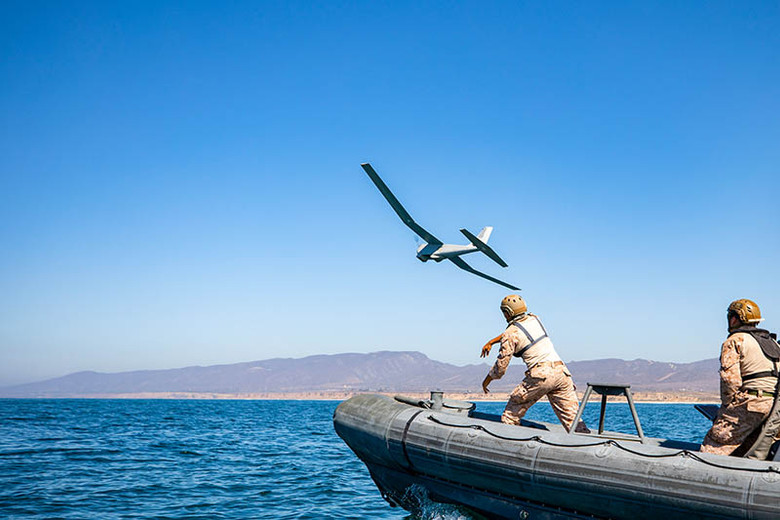UAS Innovation Outpaces UAS Testing

Unmanned Aerial Systems (UAS) are among the fastest innovating product segments of the worldwide economy. As these UAS innovations and new technologies are developed, rigorous testing is required, especially when the application relates to the control systems. Currently, testing UAS systems is time – and resource – consuming.
For all UAS, and unmanned systems in general, safety is the number one priority for developers and manufacturers. That said, most commercial UAS platforms and payloads are too small to carry redundant hardware components like an extra motor or backup actuators. Therefore, the safety redundancy in commercial UAS platforms tends to come in the form of software redundancies in the control system. As a result, the control systems of UAS platforms tend to be the most complex component, responsible for the operation of the vehicle under nominal conditions, as well as making safety decisions under failure conditions.
Current UAS Testing Procedures
Faults or failure conditions in a UAS are quite rare under normal operation. Therefore, testing requires running massive sequences of repeated experiments to ensure that the UAS’s control system can both detect and handle unexpected part or component failures or faults. Further, the certification and licensing process for commercial UAS in the US is, to put mildly, unclear. There is no widely recognized safety assessment standard for UAS platforms. Rather, several stopgaps have been cobbled together from various outlying standards for passenger aircraft –experimental airworthiness certificates for example.
As such, the current state of testing for commercial UAS platforms runs a wide spectrum, from sequencing the unmanned vehicle through the same test regimens required of passenger aircraft to running a test regimen more akin to that of hobby-level radio-controlled planes.
Challenges with Experimental Testing for UAS
As UAS platforms continue to increase in complexity, experimental testing is becoming more and more of a hindrance to manufacturers. The testing methods are high-cost, labor and time-intensive, and inefficient. The increasing complexity of control systems has made the experimental testing methods increasingly inefficient, in terms of revealing potential safety issues and covering the testing cases.
As the disadvantages of utilizing purely experimental testing methods are becoming more apparent, new simulation and test methods (real-time simulation methods, high-precision modeling, system identification methods, and model-based safety assessment methods) are becoming the trend for both manned and unmanned vehicles. Experimental testing cannot – and should not – be completely abandoned, but simulation testing techniques are taking on more and more safety testing and assessment tasks.
Capitalizing on Existing Aerospace Test Capabilities
Testing plans should not only rely on hardware, but there is room for expanding the role of software and simulation-based testing. These testing procedures not only ensure safety and optimal performance, but they are also intended to help reduce costs associated with damaged equipment.
Sealevel’s team has worked extensively with a developer of GNSS (Global Navigation Satellite System) and RF simulation systems. These test systems for flight software provide extensive, controlled testing prior to field testing. As part of the serial expansion, they rely on Sealevel USB to serial products.
As the need for established test systems and protocols becomes an increasing priority, the hope is that the creation of such policies and protocols will catch up to the innovations in UAS design and manufacturing.
Categories:
